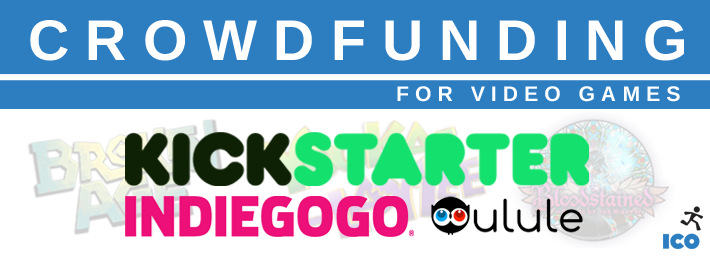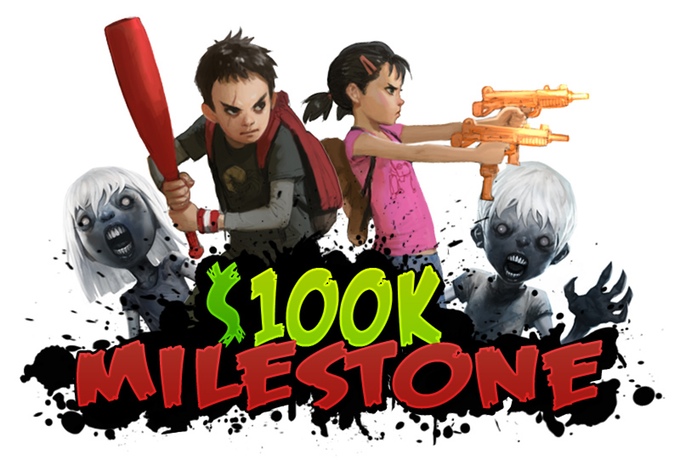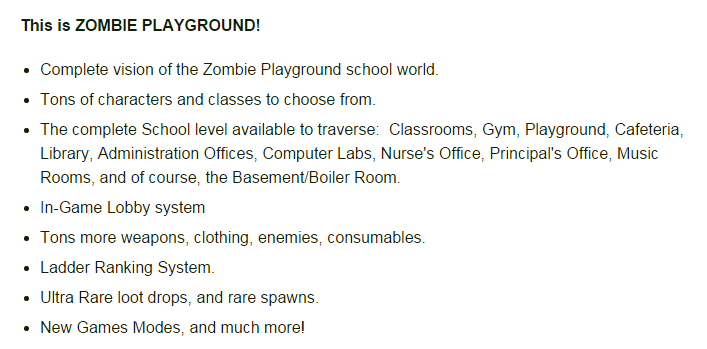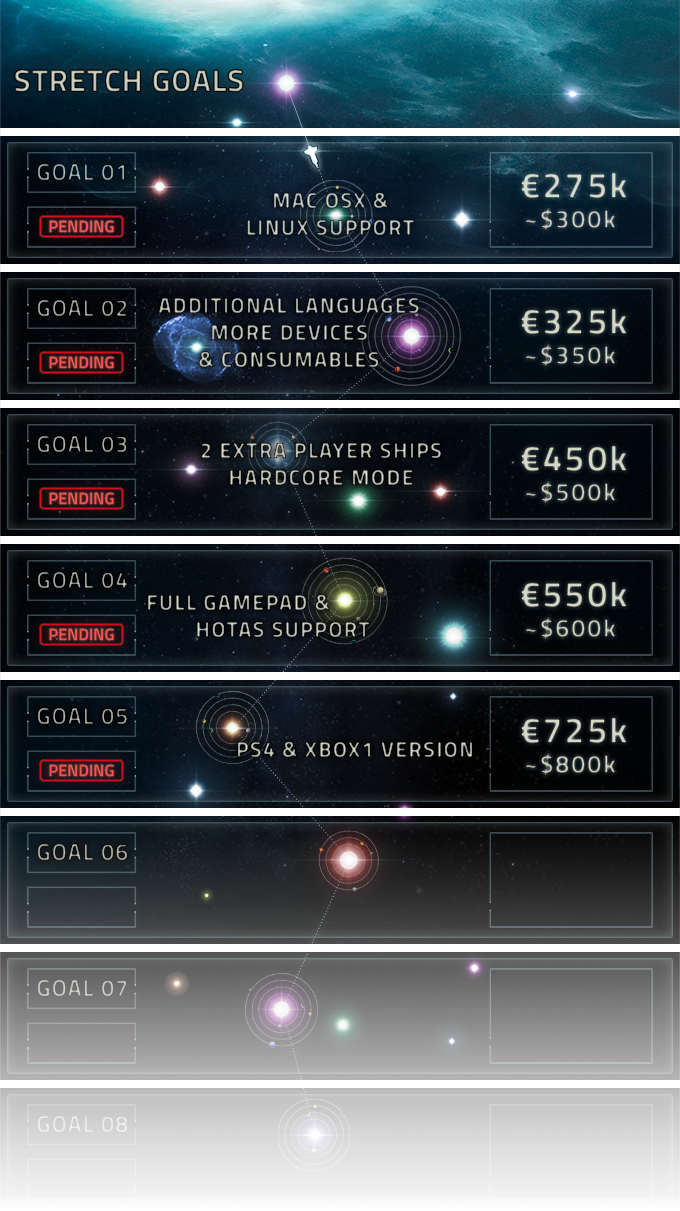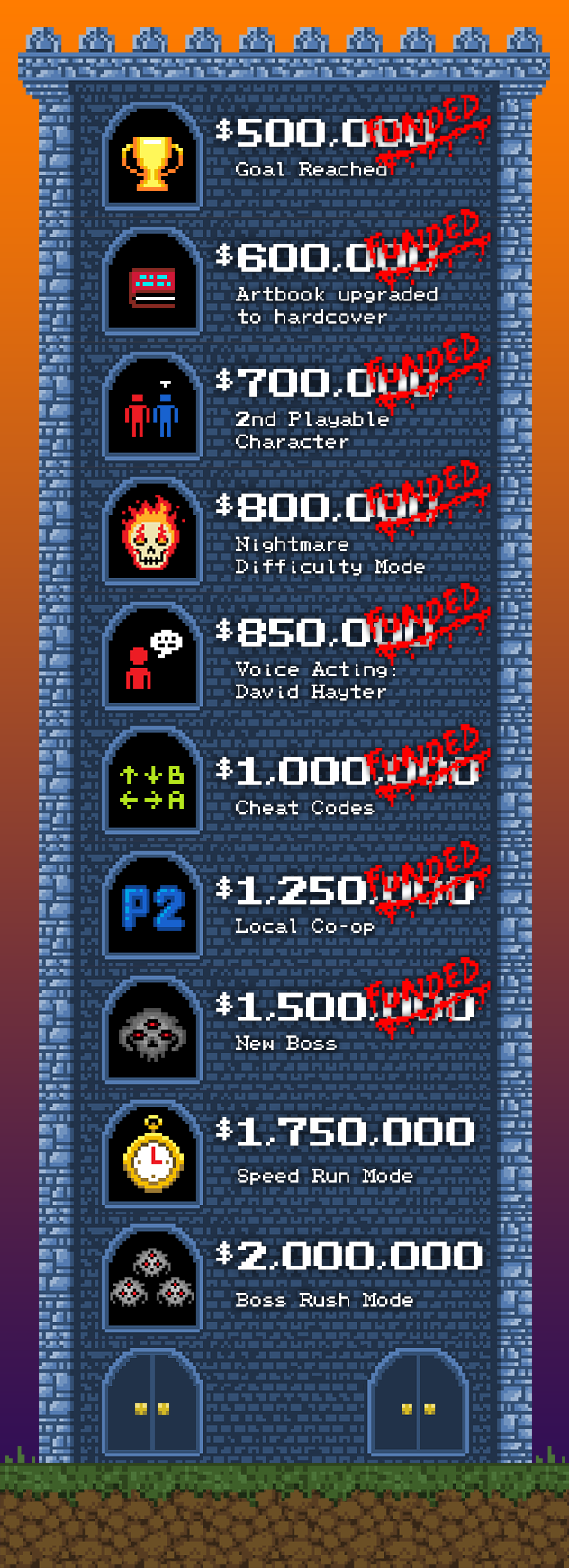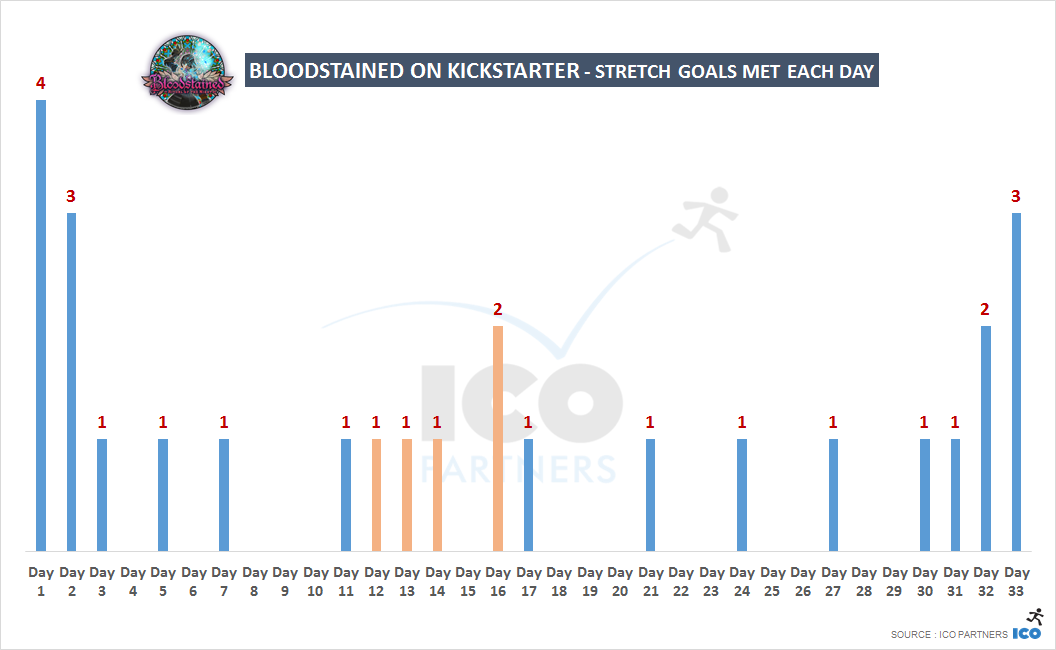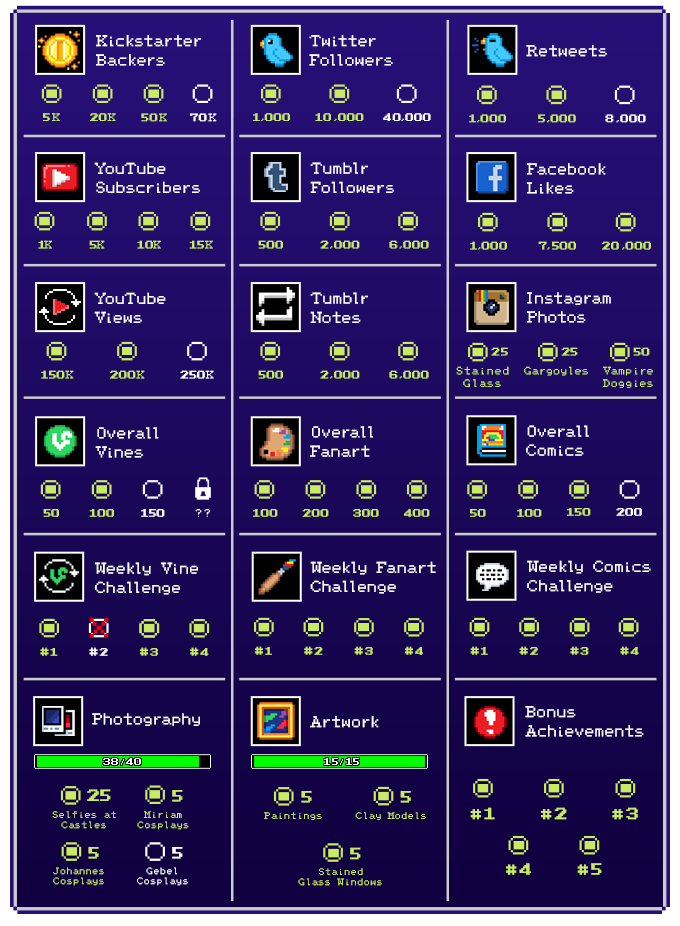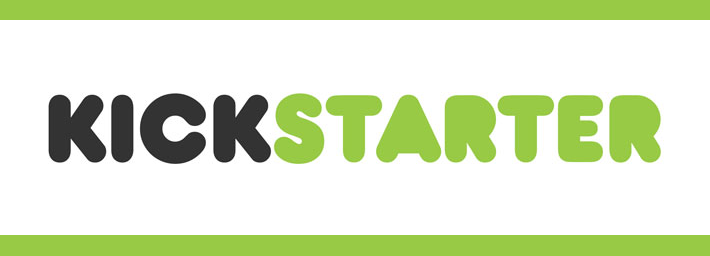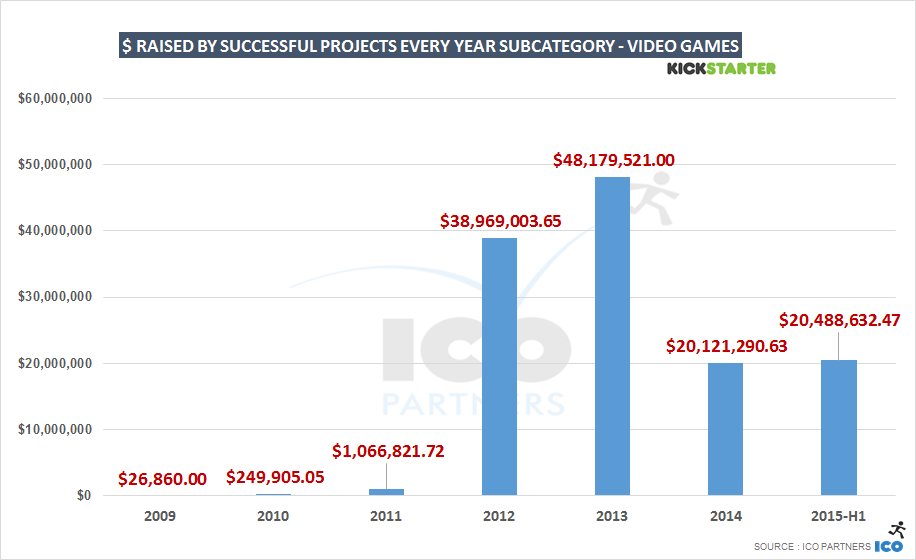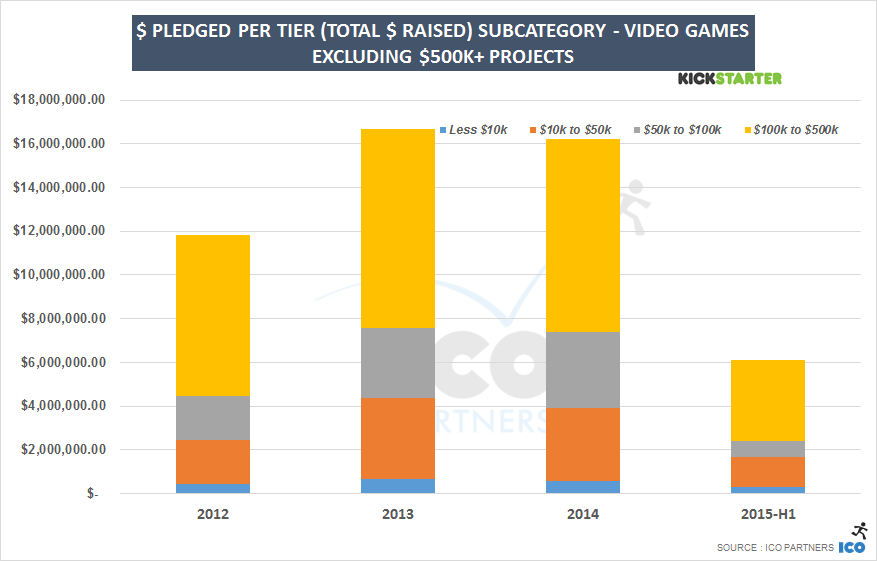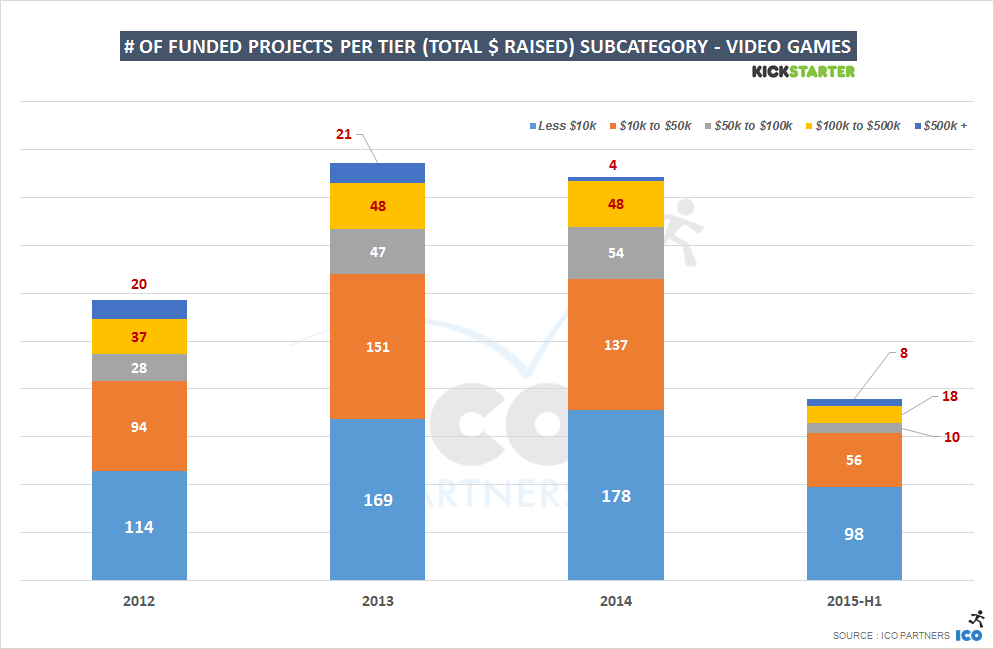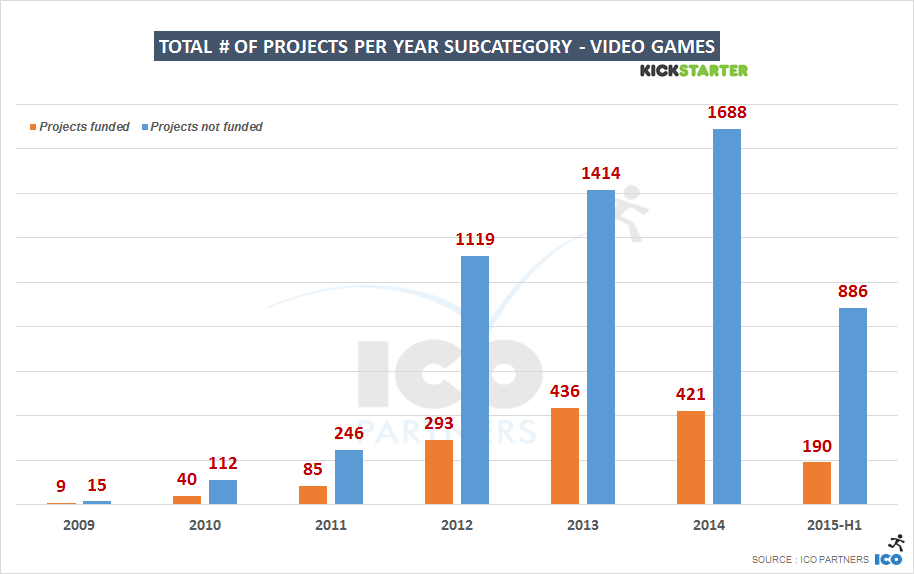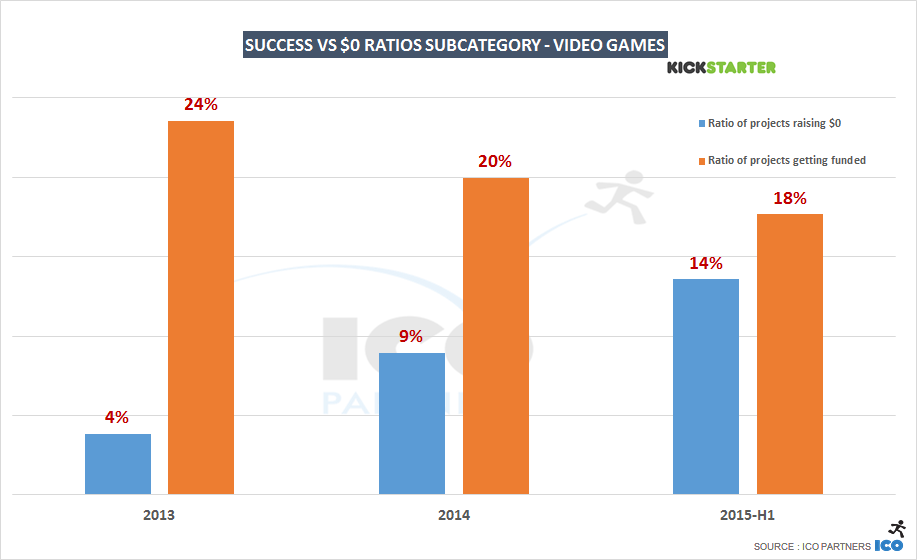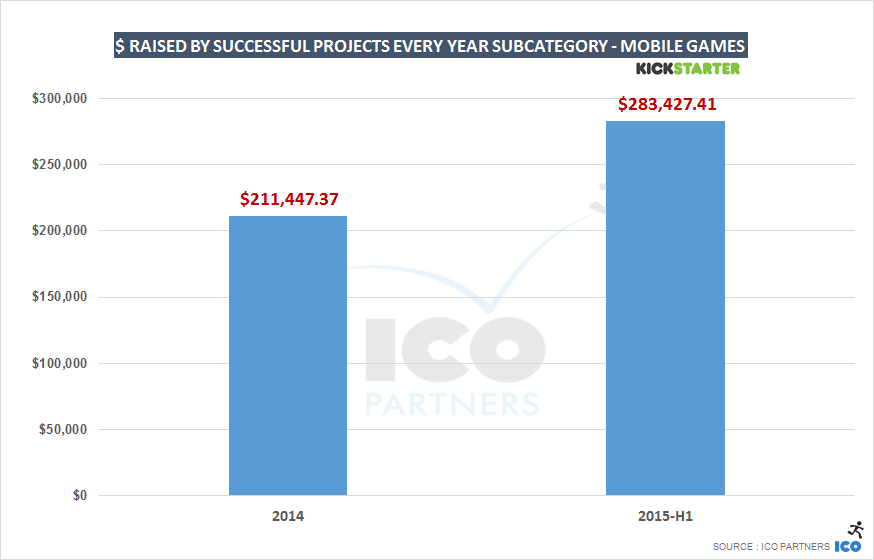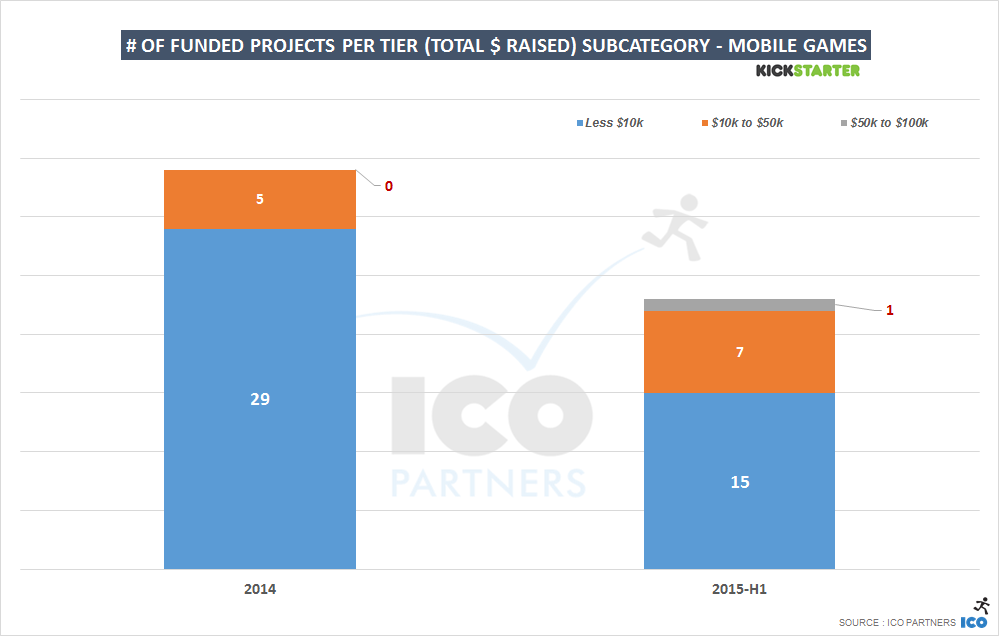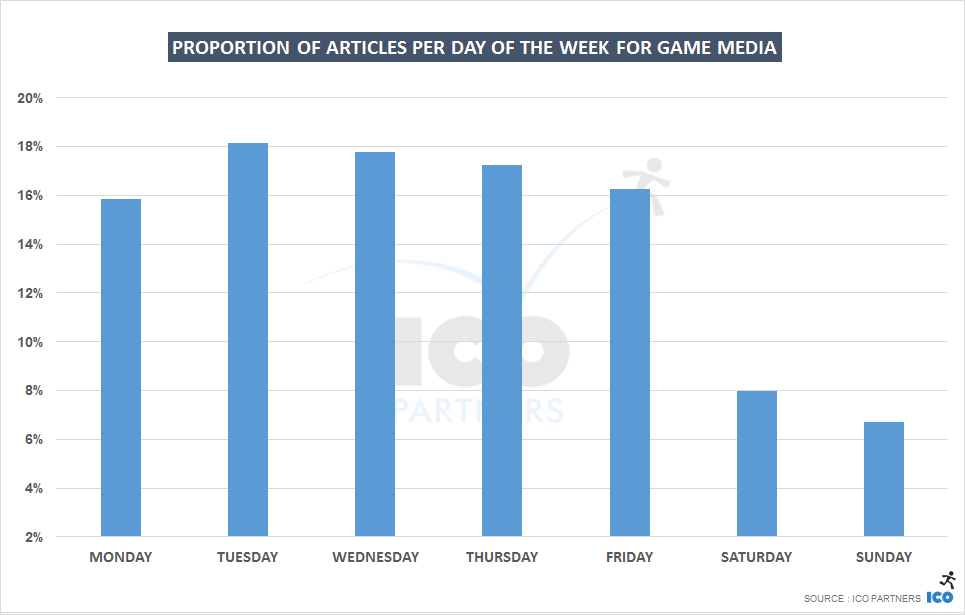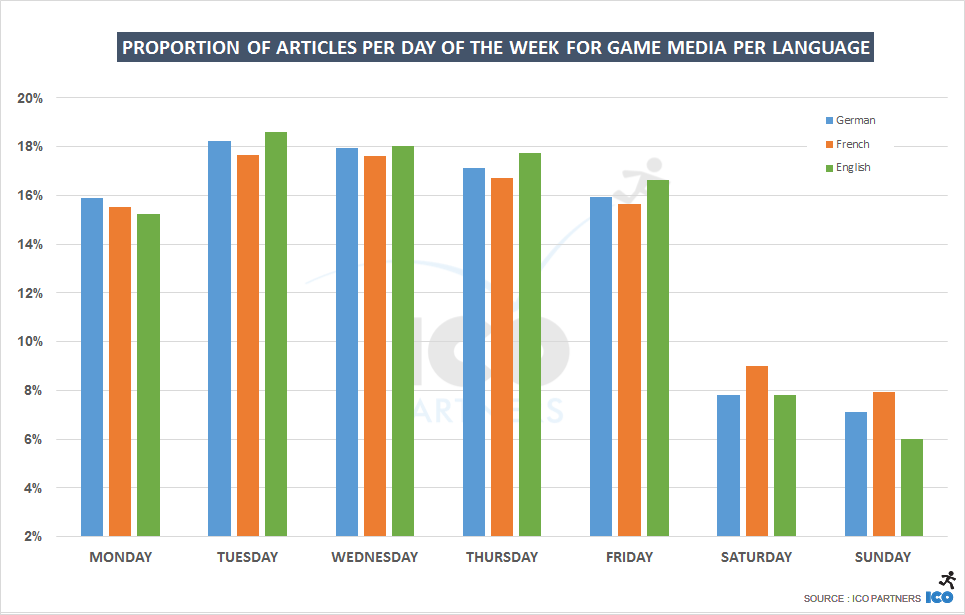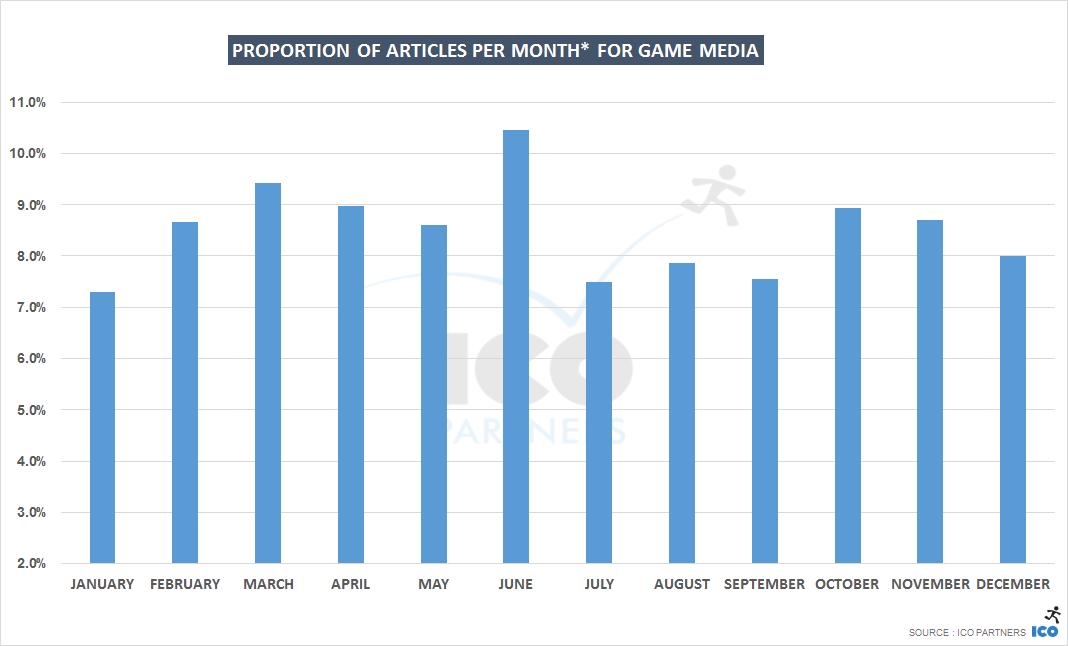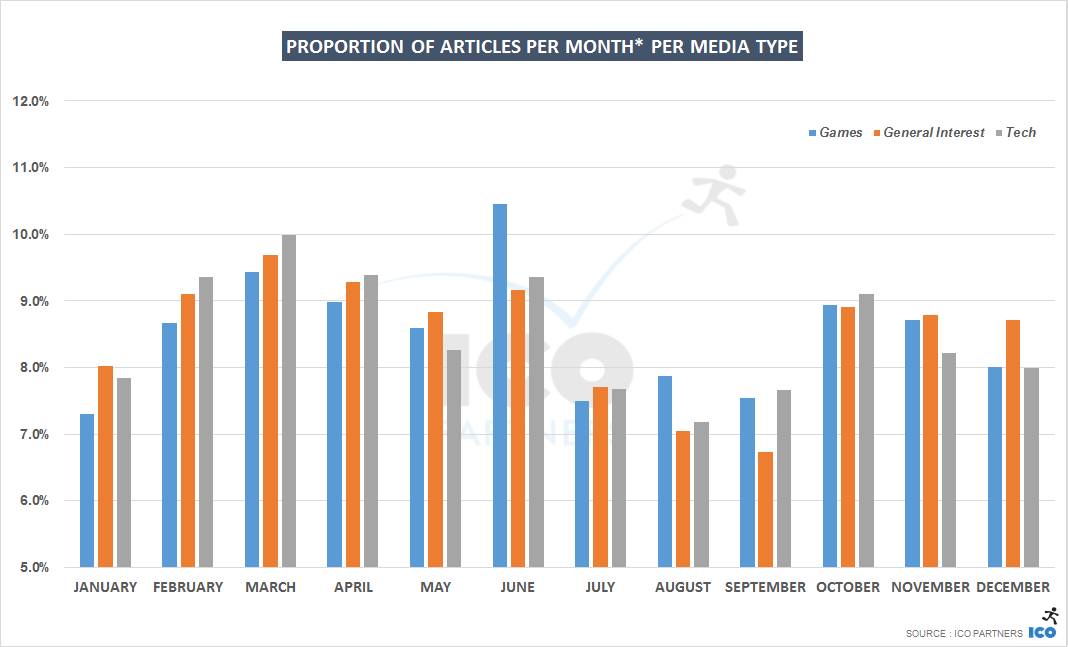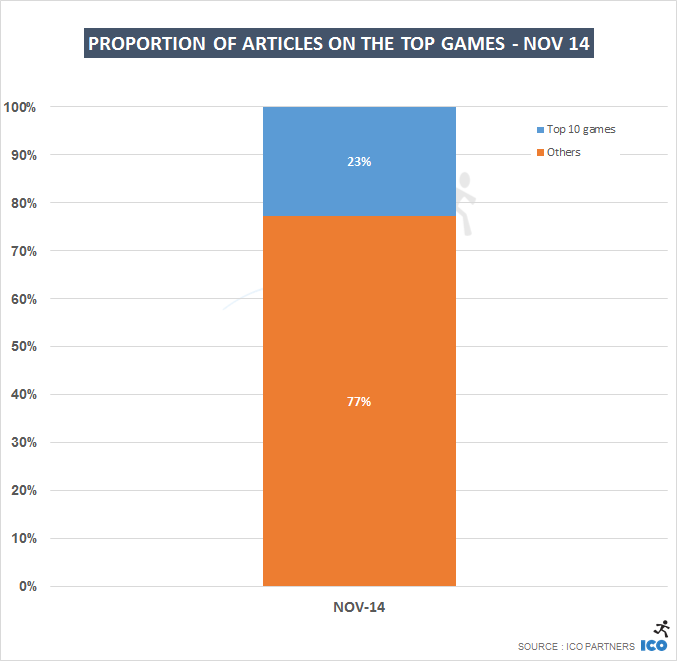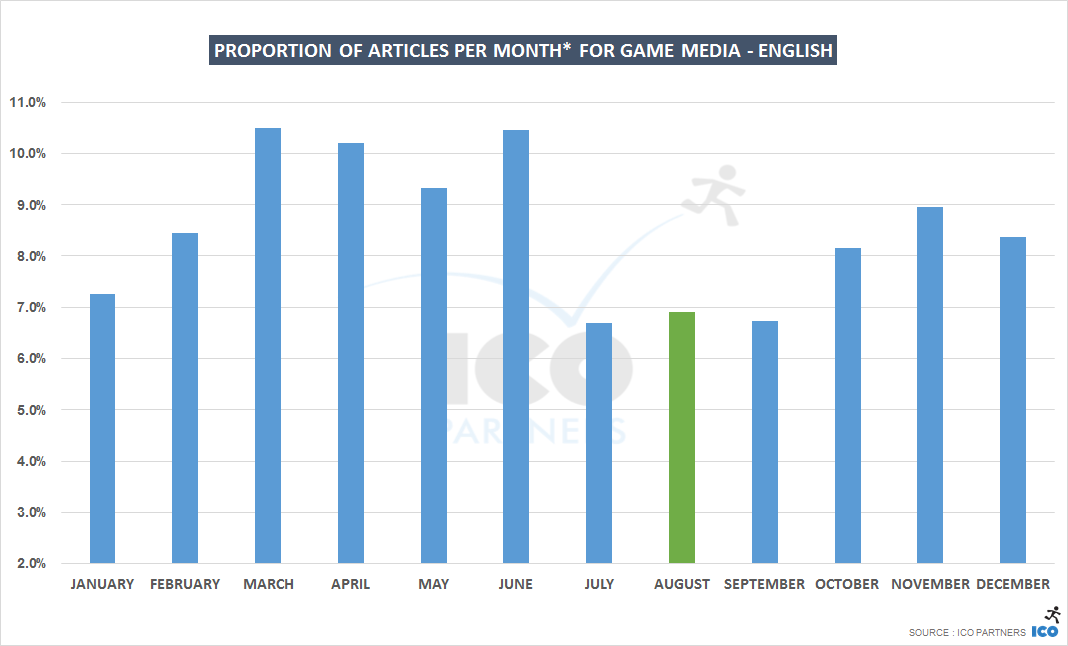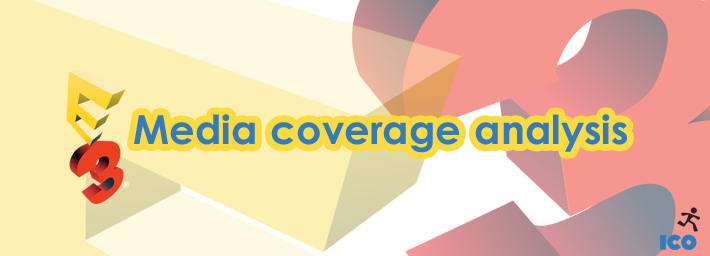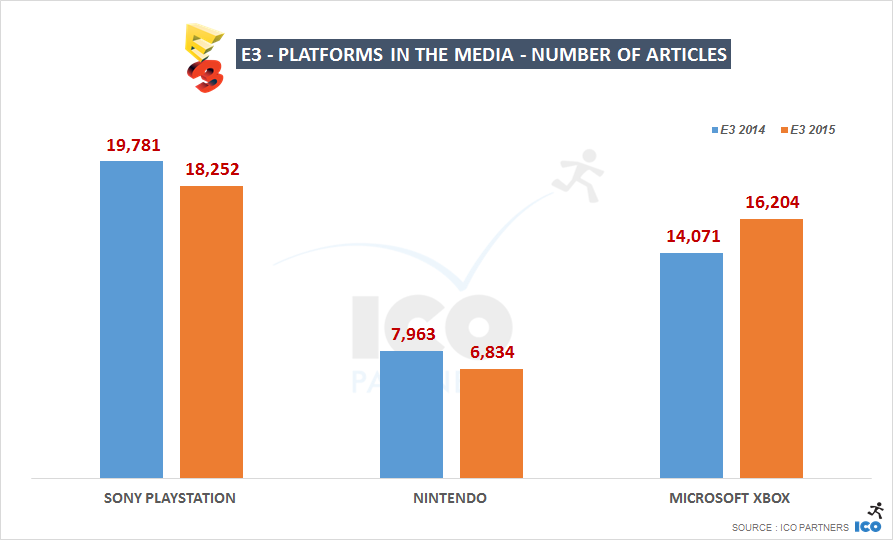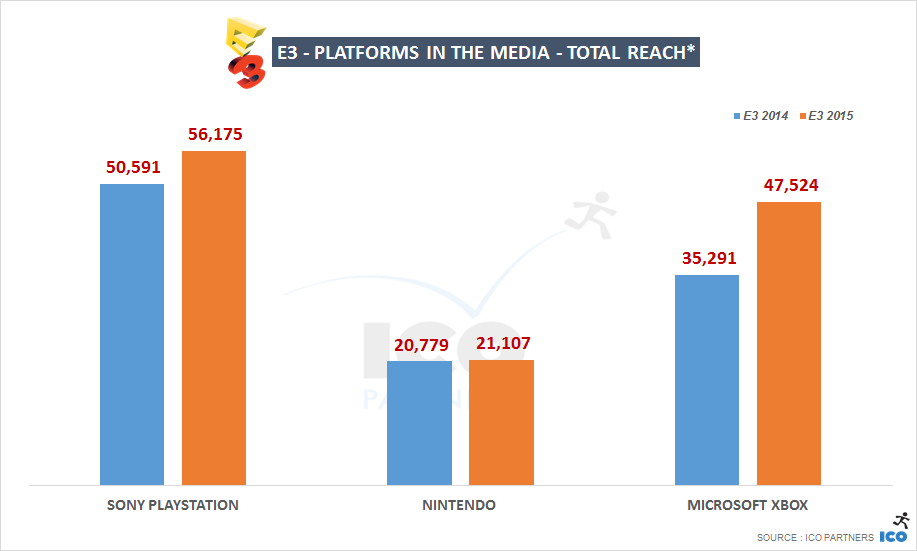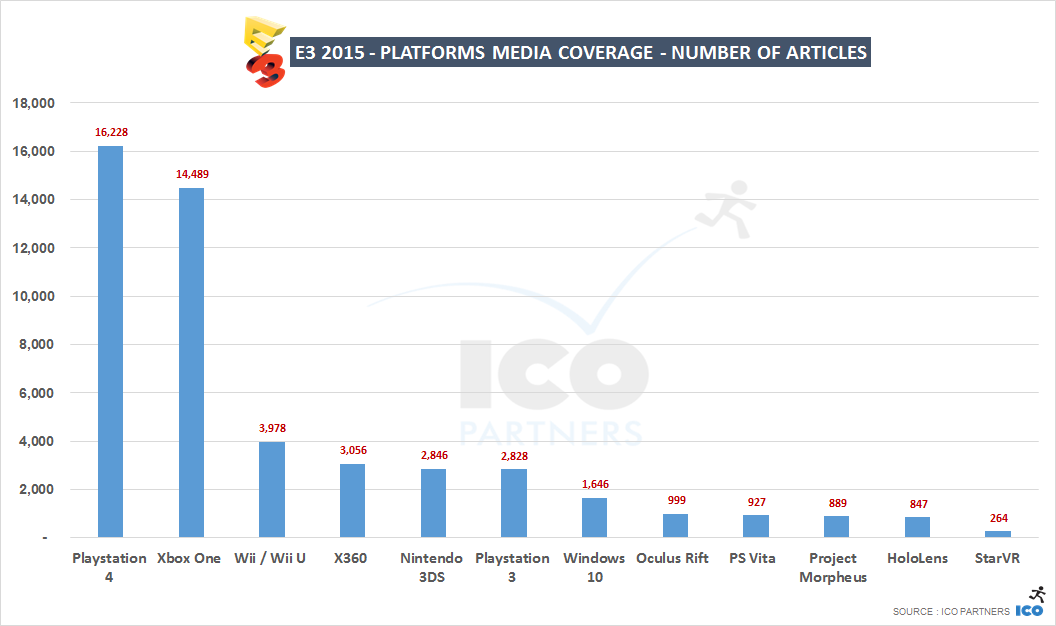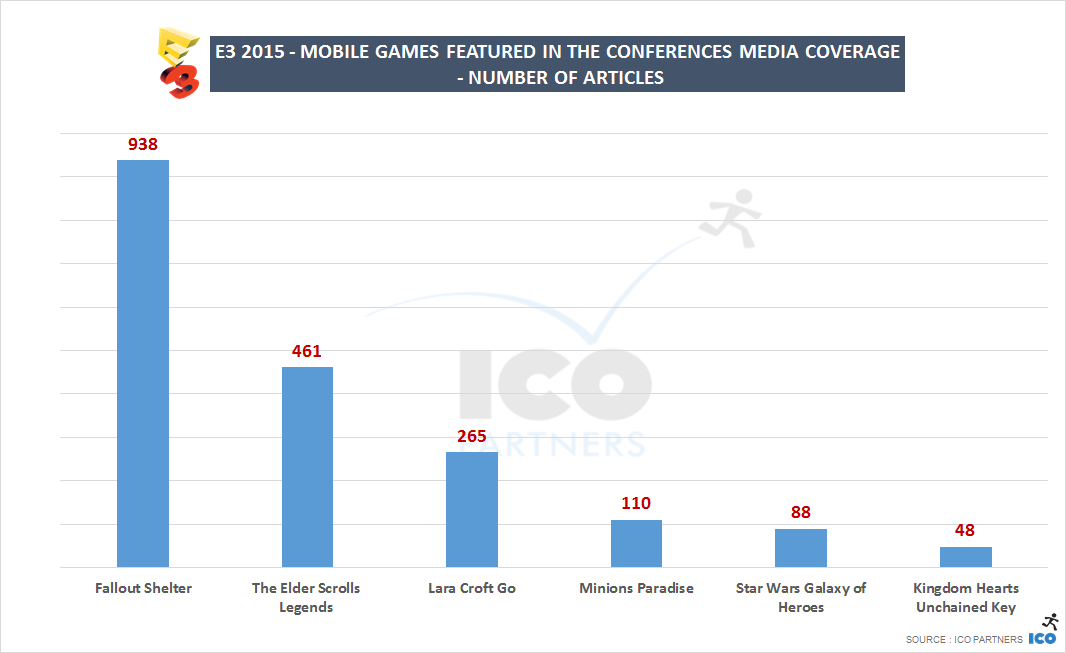Following up on my medium.com piece on the Yooka-Laylee campaign, I feel there is a need for a dedicated blog post on the most common mistake I see on crowdfunding campaigns, both large and small alike: the management of Stretch Goals.
Stretch Goals?
For those who are not familiar, Stretch Goal is the terminology now commonly used for the additional goals creators add to their campaign for actions and features they will implement once they raise beyond their original goal. They became more and more common as crowdfunding soared in popularity. I believe their origin lies with the tabletop campaigns, where adding new rewards to a campaign became a popular formula to expand beyond its initial objective. The first campaign I saw use this very efficiently was the original Zombicide campaign, which raised $780,000 in April 2012.
Stretch Goals are not just creators trying to keep their campaign going strong after reaching its initial goal. There is also a strong demand from backers, who wants to see the project they support expanded on with the extra cash raised. The pressure to promise more content is very real and can become a very insidious trap. But more on that later.
How to manage Stretch Goals
Beyond the few campaigns I got directly involved in, I have provided advice for a lot of campaigns over the last 3 years. I have also now run 3 workshops with creators on how to properly manage a crowdfunding campaign. I have put my most frequent advice from these experiences below:
DO NOT ANNOUNCE ANY STRETCH GOALS WHEN YOU LAUNCH YOUR CAMPAIGN
There is nothing to gain from announcing as you launch, and everything to lose. I will use a very extreme example to illustrate this: Zombie Playground
Zombie Playground was a campaign launched in May 2012, right on the back of Kickstarter’s first big wave for video games. It had its initial goal set at $100,000, and in the middle of that first wave, might have been deemed as easy to reach by the creators. From the very beginning, they set a series of Stretch Goals, that they called Milestones. They had 5 Milestones, starting at $100,000 (for the basic pitch), to $2,000,000.
And this is the description they had for $2m:
And right here, in the first sentence, you have the biggest issue with announcing your Stretch Goals early: “Complete vision of the Zombie Playground school world.”
The campaign didn’t go well (lots of reasons for that, you can read the updates if you are curious), and it raised “only” $167,000. If you follow this blog regularly, you know that raising more than $100,000 is not a small achievement for any campaign, but here, it was seen as a big failure by the backers… And rightfully, they were more than $1,800,000 short for the “complete vision” of the game.
Like I said, this is an extreme example, but this is very true for any project with Stretch Goal announced from day one.
Stretch Goals are moving the backers’ perception of what is the goal of the campaign
I will go a bit further:
There is nothing to gain by announcing Stretch Goals early
Let’s go through what might happen to your campaign. For the purpose of this article, imagine you are trying to raise $100,000. To make my point, let’s say that you have roughly three potential outcomes:
- Your campaign fails to raise its objective. The Stretch Goals you have announced are useless, and if anything they might have convinced some backers that the game they wanted wasn’t the one at $100,000, but the one you would do at $150,000 for instance. It might have convinced them you would not reach that goal and decided them in not backing you altogether. Following the 20/48 rule, you have shot yourself in the foot there.
- Your campaign is successful, but not by a vast margin. You might have reached your goal midway through, after the momentum of the first few days, and many people have moved on from your campaign to other things. While announcing you have reached your goal is a nice beat, announcing your Stretch Goal is not. They were already announced. If anything, you are inviting data-driven people to make their own back of the envelope calculations on your chances to reach those Stretch Goals, dismiss the ones they deem as out of reach. Re-igniting interest is difficult during a campaign, and you don’t have the announcement effect to help you here. Potentially, you have anticipated your success the wrong way, and all the Stretch Goals look out of reach to your backers and have no beneficial effects.
- Your campaign is widely successful. You reach your objective in the first few hours of the campaign. You might have suddenly passed through a number of Stretch Goals that will now be taken for granted and provide no benefit to your campaign promotion. The pacing you have set for your Stretch Goal might be very off – there might be too many small Stretch Goals that are too easy to achieve and you need to keep them coming (especially as you have set a precedent for them), or they might be spaced too far from each other and run into pacing issues. This is clearly the best problem to run into, but again, you leave yourselves in a situation where you lost control of an important aspect of your campaign.
There is simply not a scenario where you benefit from having your Stretch Goals at the beginning.
IMHO, the best way to present your Stretch Goals at the beginning of a campaign is as follow:
- Acknowledge that in fact, were you to reach your goal, you have made plans to add Stretch Goals to expand on your projects
- Do not give too many details about those goals (like the exact content of those Stretch Goals or the amount at which you want to set them)
- If you know that there are some elements in your campaigns that people will want to see and you have planned them in Stretch Goals, it is ok to hint at them being considered as Stretch Goals, if you were to be lucky enough to reach your goal
The objective at the beginning is to keep all the focus of the early campaign to be on the initial goal, and the initial goal only, and to keep Stretch Goals as new beats to keep the momentum of your campaign.
There are backers that will always be asking about them. Some will in fact demand them, holding their precious pledge hostage if you don’t promise X, Y or Z. And you know what? That’s fine… Tell them you are not comfortable discussing these things while your campaign is still not funded, and things will come in time. And if they don’t want to pledge now, they shouldn’t. Invite them to keep an eye on the announcements you do as the campaign advances (“Hey, why don’t you follow us on Twitter or Facebook to make sure you don’t miss when we announce the Stretch Goal to port the game on N64 as you have been asking?”).
Let me give you some examples with a couple of current campaigns.
Everspace
The campaign was launched on August 6th and will end on September 11th. They are asking for €225,000 and have currently raised €156,000, and by all metrics, this campaign is going well.
This is what they have on their page about Stretch Goals (they changed the order of some the goals, but they announced them from the very beginning):
For a €225,000 campaign, they already have announced Stretch Goals going up to €725,000; and the goals range from €50,000 to €125,000 each. The campaign is probably going to settle around €7,000 on average per day, taking them 10 more days to reach their initial goal (likely a bit less as getting close to the goal usually helps a campaign). Then, with 15 days to go, they will likely reach 2 or 3 Stretch Goals.
They won’t go to the point where they will reveal those goals 06 and beyond. They are missing out on announcing what the most exciting Stretch Goals are going to be.
Holding on their Stretch Goals, they would have had been able to announce them mid-campaign, they also most likely wouldn’t have changed their goals in the first few days, as it would have given them some time to understand what were the most important requests from the community and plan accordingly.
Pauldron
The campaign was launched on August 10th and will end on September 9th. They are asking for $5,000 and have currently raised $4,000. It’s very likely this meet its funding goal.
This is what they have on their page about their Stretch Goals:
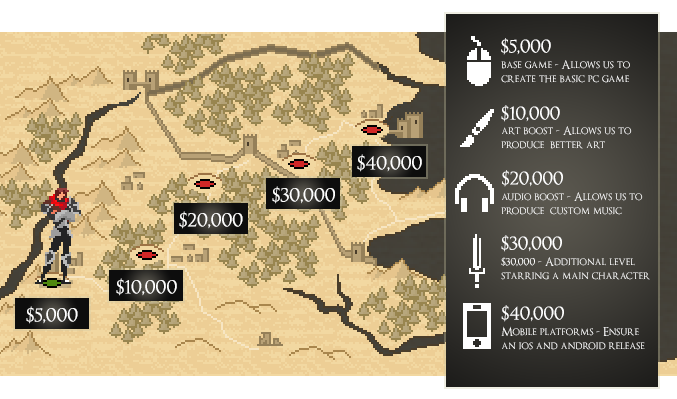
At their current pace, they might raise $20,000, an excellent performance considering their objective. But if you look at those Stretch Goal through the lense of a potential backer, I cannot see them as positives. Why not wait for the game to be sure to have “better art” before backing it. Surely, the devs think their current project is going to be ugly if they phrased it that way?
This is clumsy and the exact same plan could be a positive if only presented differently… Keeping the goals secret, to only announce the $10,000 “art boost” after you have reached $5,000, it suddenly becomes an awesome new feature, instead of an admission of sub-par art as it stands now.
The project is also at a stage where it is not safe from sudden success. With such a “low” objective, a simple featuring in a large media outlet could take it beyond all those Stretch Goals in one instant. Not that it would be bad, but as you have to re-plan all your strategy for Stretch Goals in that instance, everything that has been announced cannot be used anymore as part of your plan. $10,000 to port the game to both android and iOS sounds incredibly low to me for instance.
Going to a recent, but completed project:
Bloodstained
Concluded on June 13th this year, the campaign’s goal had been set at $500,000 and raised $5,545,991 after 33 days.
And this is what their Stretch Goals are looking like, after the campaign:
They met all their announced Stretch Goals, all 27 of them.
While they did announce Stretch Goals from the beginning, they only had Stretch Goals to $850,000 initially (4 Stretch Goals), and opened new Stretch Goals, but only to up to $2,000,000 on their second day (when they were at $1,500,000). This is what their Stretch Goals were looking like when they made the first update at the time:
Passing all their initial Stretch Goals was a non-issue, they even gave away 3 Stretch Goals that had been unannounced at the time (showing generosity, as they should in such circumstances). But they only set 2 new Stretch Goals. After 2 days of campaigns, being at $1,500,000, it was obvious they would pass those in a breeze (they passed $2,000,000 on day 5).
But they kept very much in control of the pacing and the promises made (something you need to be very careful about, it is oh-so-tempting to over promise during the high of a campaign).
Here is the rhythm at which they unlocked their Stretch Goals:
As you can see, the longest they went without a Stretch Goal being met was 3 days. They also didn’t meet multiple goals per day very often. This was limited to the very beginning, where they had momentum, the very end, where a huge additional momentum also happens, as well as on Day 16.
You will notice I highlighted Day 12 to Day 16… These Stretch Goals are very interesting, they were for the 8-bit music Tracks. The Campaign broke down from its usual $250,000 on average per goal, to do 6 smaller Stretch Goals every $40,000 at that time. They could have easily packed them all together, but by breaking them down, changing the rhythm pattern at the moment of the campaign reached its slowest point, they guaranteed things were still happening at a decent rhythm. There is no doubt the team behind the campaign has very deep understanding of how crowdfunding campaigns function.
I won’t want to go too much into it, but they also put together an achievements system, a parallel system to the Stretch Goals to unlock more content, not based on meeting financial goals, but on meeting some other metrics, mostly based on community activities, an excellent way for them to motivate the existing community to spread the word on the campaign (and stay engaged with them after the campaign):
An excellent addition to a campaign, as long as you have the critical mass to make it work (I wouldn’t consider it for a campaign raising under $500,000).
Planning your Stretch Goals
Enough looking at others, how should you plan your own stretch goals?
The same way, I was looking at 3 possible outcomes for your campaign in regards to the announcement of Stretch Goals, you should consider 3 scenarios when planning them:
- Your campaign is going to make it, but just about. You don’t need any stretch goals in that case. Or maybe one, to announce towards the end, in case the last couple of days go very well. But this is a scenario you should look at outside of considerations with Stretch Goals. If you just make it, will you be able to make the game you promised? A very very important question to ask yourself, throughout your planning phase.
- Your campaign gets funded, but only mid-way through. Your Stretch Goals need to account for the fact that you are going to be in the mid-campaign “death valley”. You probably need those Stretch Goals to be relatively small, in order to meet some of them before the end, where you may want to have one a bit more ambitious, counting on the last days momentum to meet it.
- Your campaign is funded in a matter of hours. Hurray. You have the best problem in the world. Plan to have a few nice Stretch Goals that you can easily give right away, and more planned to space nicely along the rest of the campaign. You probably want to have Stretch Goals of different (financial) sizes, that you can swap around as you announce them to fit with the current rhythm of your campaign.
Armed with those 3 strategies, keep them close by, and see what happens at launch. And adapt. One of the great strengths of a crowdfunding campaign is the actual feedback you get from your backers. Your well thought out plan might be going to the gutter when the initial feedback for Stretch Goals is not about a port for your game to the N64 as you had planned, but to have more hats added to the game. By planning well you can rebound more easily. As you can reshuffle what you had planned, and be more prepared in terms of budget estimates if things unexpected get massively requested.
All games are not equal
This said, this is an ideal scenario. One that doesn’t account that each campaign and each game is its own unique snowflake. There are many games that don’t have a lot of flexibility in terms of what you can add to them, and the granularity at which you can go.
Narrative games for instance, don’t lend themselves for that unique hat for in-game characters that only backers can have. This is the kind of thing that will get you further in a multiplayer game though. You may want to add extra chapters for example, but those don’t come cheaply.
Don’t try to shoehorn a specific piece of content just for the sake of having the right Stretch Goal
It is important to embrace your game identity and make sure everything you promise during the game fit its nature.
Let me illustrate this with the Strike Suit Zero campaign, that I collaborated on.
The campaign was very specific. It was put together not to fund a new game, but to finish one already in production. Because of this, we had some very specific constraints: we couldn’t add any Stretch Goal that would compromise the release date. And because the game was already relatively advanced in production, adding new content wasn’t an option (we had already added some risks there with some of the rewards for the backers).
The Stretch Goals for the campaign we couldn’t pace ideally, so they had to be quite chunky as it meant adding resources outside of the core team who were working on delivering the game.
The studio ended up meeeting its objective mid-way through the campaign, and missing its second Stretch Goal not by much (the Mac and Linux versions were done in the end though). There was just no margin of maneuver by which Stretch Goals could have been added in a more granular way at the time. And that’s okay. The main goal was to fund the end of the development, and that happened.
No Stretch Goals
Stretch Goals are now seen as component of any campaign. I spend a lot of time discussing with creators about to launch their campaigns, and they all have them planned out (even if too many of them also plan to explain those extra goals from day one). But… it doesn’t have to be. Some projects are very complete by themselves, and it shouldn’t be a mandatory step in your campaign if that’s the case.
Exploding Kittens had a great approach to this. They blew their goal almost immediately, they were very happy they could make the game they had been working on, and just didn’t care about Stretch Goals (they went with a campaign achievements system, which Bloodstained’s took inspiration from). And some backers might get angry about this, the logic being “the money you get from the campaign should go towards making the game”, but that’s simply not true. If you set the right goal, that’s what should go towards making the game. Everything extra, you can dispose of the way you want. Stretch Goals will get you further money-wise, but also will make you commit to more development. Ponder what you really want to do, and choose your battles wisely. Sometimes, less is more.
TL;DR
Don’t announce any stretch goals. Be humble about your initial goal, be focused on the early days of your campaign.
Plan for different scenarios.
Don’t feel like you need to have Stretch Goals because everyone else have them.

